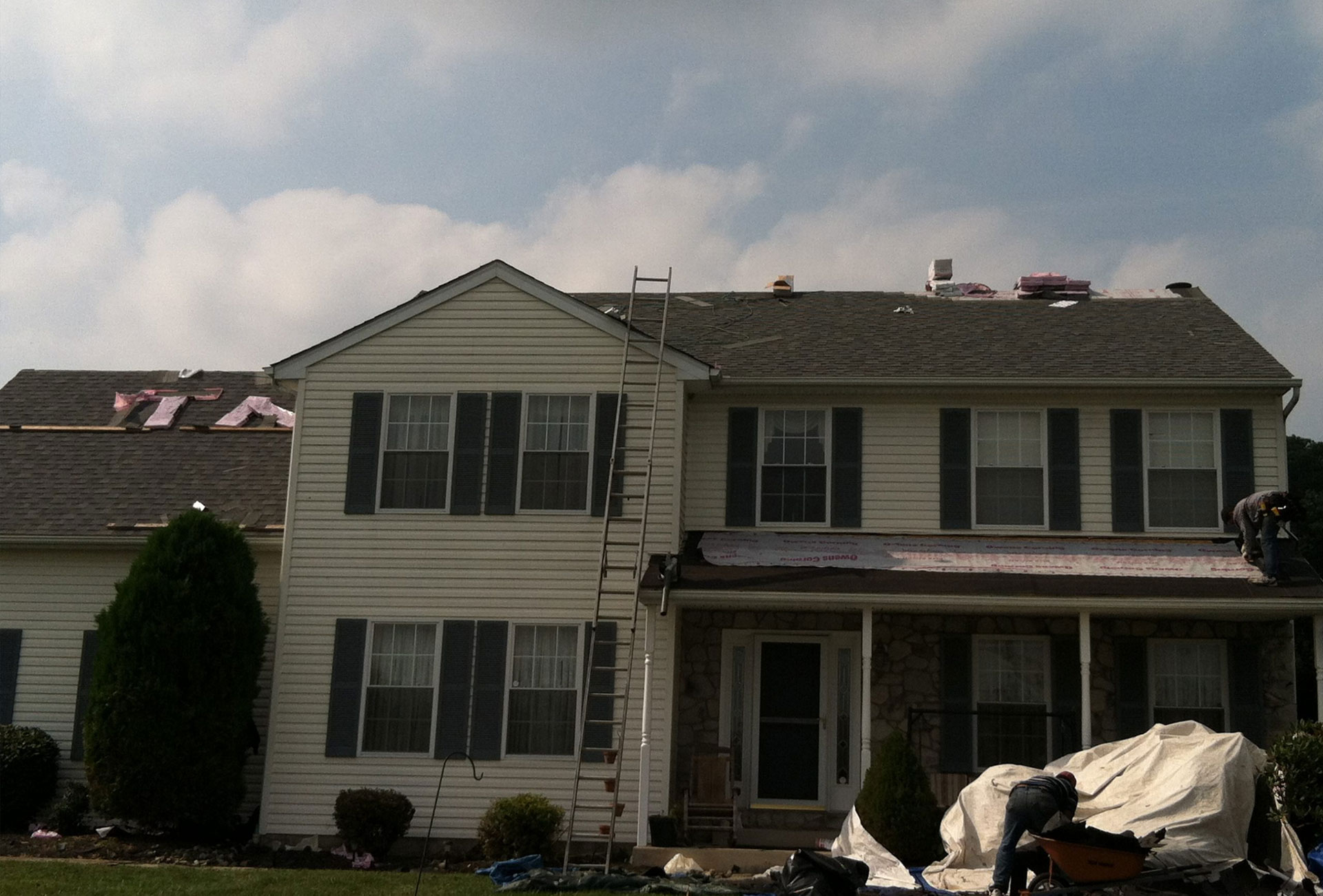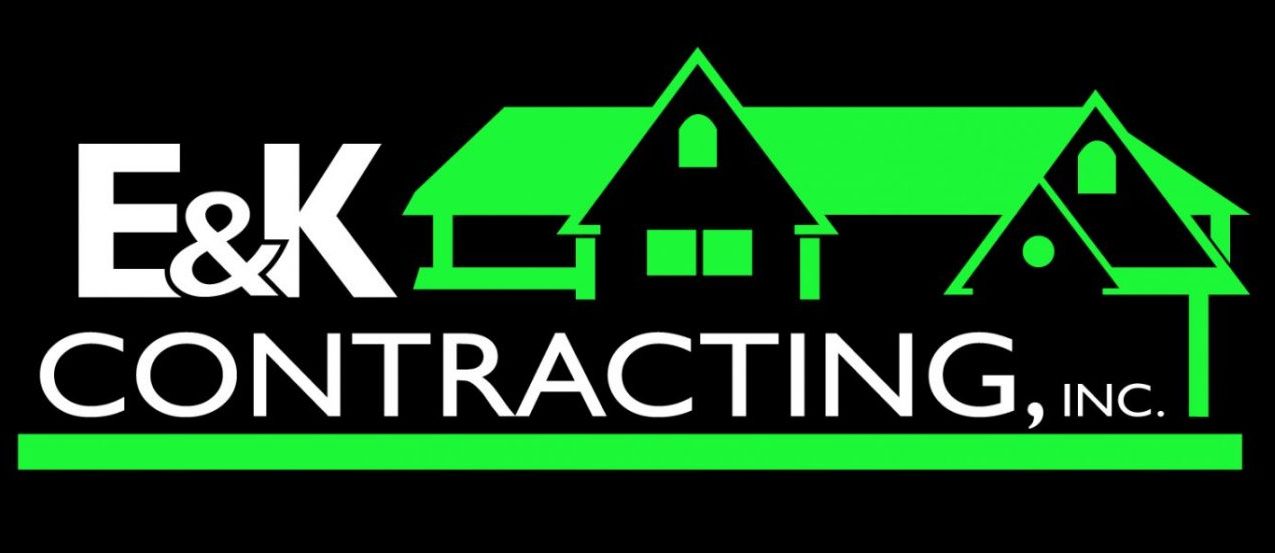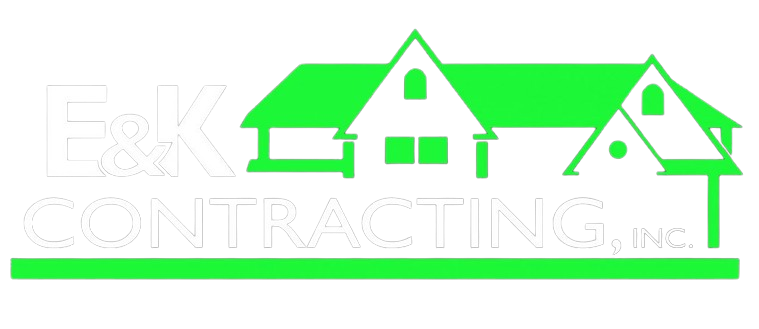When it comes to building or renovating a house, one of the critical decisions homeowners face is choosing the right roof Type. Among the myriad of options available, two popular choices stand out: the hip roof and the gable roof.
3 Key Differences Roof Types
Each has its own unique:
- Characteristics
- Advantages
- Considerations
In this comprehensive guide, we’ll delve into the differences between a hip roof vs. gable roof, helping you make an informed decision about which one is best suited for your home.
Understanding Hip Roofs
A hipped roof, is characterized by its slopes on all four sides, with each side meeting at the top to form a ridge. The slopes of a hip roof are inclined downwards from the center, creating a gentle pitch. This design offers several benefits:
- Enhanced Stability: Hip roofs are inherently stable and resistant to strong winds, making them ideal for areas prone to hurricanes or high winds.
- Additional Living Space: The sloping sides of hip roofs provide additional attic or storage space, adding functional value to your home.
- Aesthetic Appeal: Hip roofs have a classic and timeless appearance, lending a sense of elegance to both traditional and modern architectural styles.
Types of Hip Roofs
There is more than one type of hip roof to choose from! Here are a few of the different Roof Types:
- Simple Hip Roof: This is the most common type, featuring a pyramid-like shape with equal slopes on all four sides.
- Cross Hipped Roof: In this variation, additional ridges are added perpendicular to the main ridge, creating separate sections with their own hip ends.
- Half-Hip Roof (Jerkinhead Roof): This style combines elements of both hip and gable roofs, with the gable ends partially truncated to form a hipped shape.
Understanding Gable Roofs

Unlike hip roofs, gable roofs feature two sloping sides that meet at a central ridge, forming a triangular shape. This design is one of the most common roof styles and offers several advantages:
- Cost-Effectiveness: Gable roofs are typically easier and faster to construct than hip roofs, resulting in lower labor and material costs.
- Ventilation: The triangular shape of gable roofs allows for better ventilation, which can help regulate temperatures and reduce energy costs.
- Easy Maintenance: Gable roofs have fewer complex angles and corners, making them easier to maintain and repair compared to hip .
Types of Gable Roofs
Not sure which gable roof style is right for you? Here are some popular styles:
- Dutch Gable Roof: This is the simplest form of gable roof, with two sloping sides meeting at the ridge, running parallel to the walls of the house.
- Front Gable Roof: In this variation, the gable end faces the front of the house, creating a distinctive architectural feature.
- Cross Gable Roof: Multiple gable sections intersect at right angles, creating a more complex roof structure often found in larger homes or buildings with multiple wings.
3 Key Differences Between the Two Roof Type
While both hip and gable roofs offer distinct advantages, they also have notable differences that homeowners should consider:
1) Stability:
Hip roofs provide better stability and resistance to wind uplift compared to gable roofs, making them a preferred choice in regions prone to severe weather conditions.
2) Aesthetics:
Gable roofs are often preferred for their classic and symmetrical appearance, while hip roofs offer a more dynamic and modern look.
3) Space Utilization:
Hip roofs offer additional attic or storage space under the slopes, whereas gable roofs may have limited usable space due to the triangular shape of the attic.

